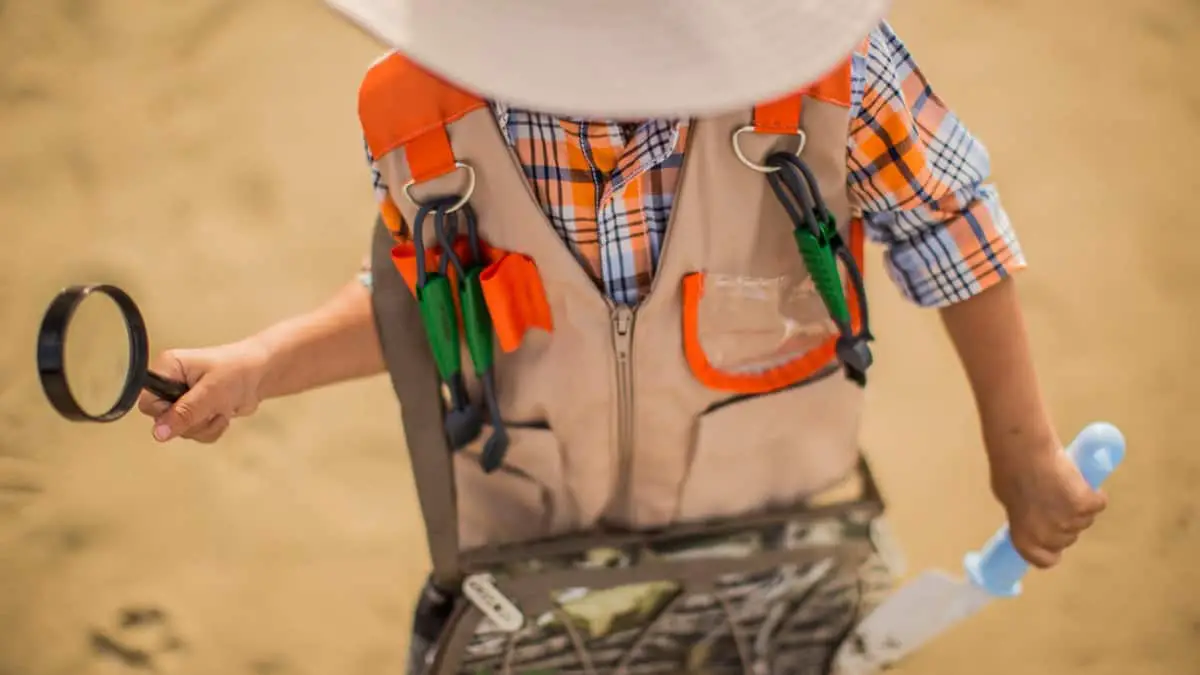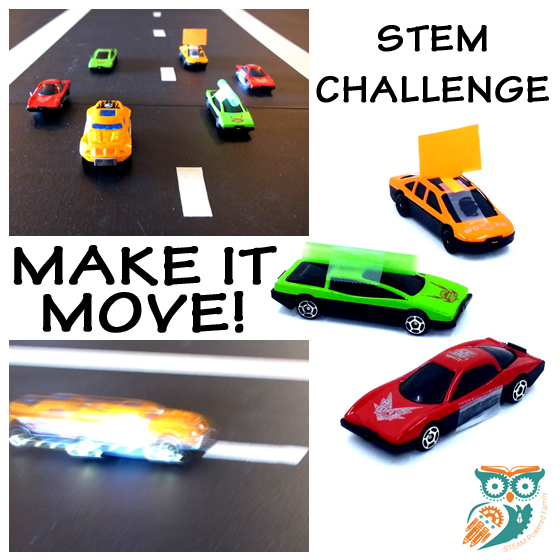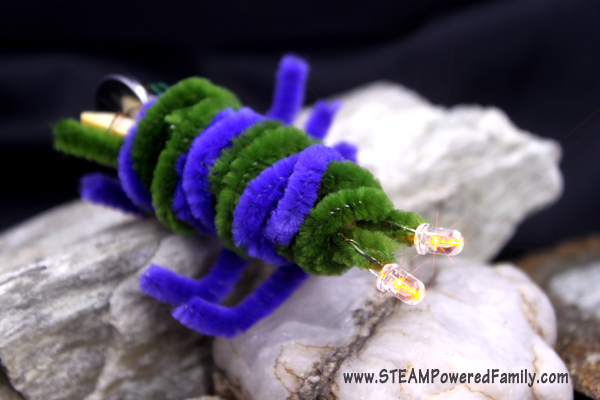Fun STEM Activities for Elementary Students
Elementary school is a great time to ensure that your young children are exposed to STEM and using fun activities is a great way to spark interest, encourage creativity, and integrate learning and development. I encourage you to follow your child’s interests while incorporating multiple STEM learning objectives into fun and engaging activities.
Follow your child’s interests – what do they notice, ask about, or like to do?
Related post: Fun STEM Activities for Middle School Students
Technology and Engineering Projects
Technology and engineering are really about problem-solving: making a faster car, more efficient lights, or a stronger bridge. Kids in elementary school begin learning the basic principles underlying technology and engineering through play and activities. It’s a no-brainer to incorporate their natural curiosity to encourage and foster learning with fun STEM activities.
Make it Move
This post from STEAM Powered Family is a great starting point. For this STEM activity, you’ll have your elementary-aged kids move and race their toy cars across a track (or table, floor, or other race-ready surfaces) without using their hands using engineering and technology. Using materials you have on hand such as paper, tape, straws, magnets, etc., they will design and build their structures, then test them! This activity has ample opportunity for creativity and expansion: start with matchbox cars and move onto larger vehicles, have races, make the course more complex by adding turns or stops. It’s also an activity that could work well for a single child but can easily scale up to work for small groups and entire classes. The post linked above has a good description of rules and starting ideas, but we encourage you to take it and run with the ideas your kids bring to the table.
Circuit Critters
Electricity and circuits are such a core element of our modern world, the value of introducing children to the science behind them is hard to over-emphasize. In another fun activity from STEAM Powered Family, you can create light-up critters and flowers made from pipe-cleaners and paper, combining natural science and crafting with technology and engineering activities. You’ll need small LED lights, insulated copper wire, batteries, electrical tape, clothespins, pipe cleaners, popsicle sticks (depending on your specific critter), and paper if you wish to make light-up flowers. The linked post includes specific instructions for creating the circuits. This project is a great opportunity to learn about the types of animals that emit their own light (think fireflies, glow worms, and many deep-sea animals) and gives the young ones a chance to design and craft something real or imaginary.
Active Math
Kids love moving and math is part of our world everywhere. Incorporating active math activities that encourage kids to move and play while honing their math and arithmetic skills is a great way to make learning fun and interactive. If you would like some more specific examples of the activities for kids listed here or additional ideas, check this post from We Are Teachers or this post from Scholastic.
Math Hop Scotch or Number Line
Depending on your kids’ math skill needs, you can create a hop-scotch or number line game that encourages them to move, jump, and think about numbers. Make a hopscotch game with numbers and arithmetic symbols, ask students to jump out the equations and answers (see the two posts linked above for some specific suggestions). Or create a number line and ask children to count up and down, count by twos or threes, etc. If you have space, you can make more than one grid and have races or let kids work together to find the answers.
Human Clock
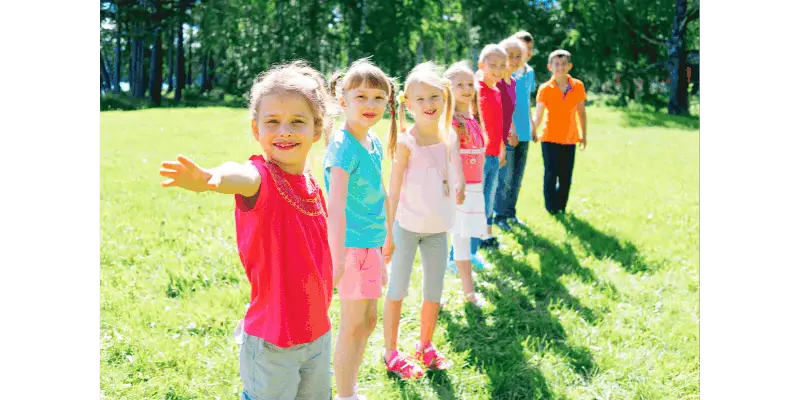
Another fun outside STEM activity is to create a large clock with chalk, tape, or even branches. Assign students to be the hour and minute hands and have them stand at the correct position for clock hands for various times that you or other students call out. This is a great opportunity for your students to work collaboratively – either just the pair in the clock or the class as a whole – to find the correct answer. This activity could be expanded into a natural science and astronomy activity by creating a human sundial.
Find the Answer Scavenger Hunt
For another great activity combining crafts with science and math, have your students help paint rocks with numbers and arithmetic symbols. Then you can create equations, and have your students search the area for the answers and place them with the correct equations. You could adapt this activity for a huge range of ages and topics, and it could be expanded beyond simple arithmetic. Some ideas that come to mind include painting shapes across multiple rocks (like a free-form puzzle), and asking them to recreate the original shapes, or it could be used for a hands-on fraction lesson. Get creative and think about what subjects your kids are learning about to create your own twist on this activity or challenge them to make their own formulas to solve!
Learning in Nature
Albert Einstein famously said, “look deep into nature, and then you will understand everything better.” Taking our cue from one of the greatest minds the world has known, get outside with your elementary-aged children to observe, listen, and learn. Nature offers nearly endless activities for kids that can double as STEM activities. From simply observing quietly to creating science activities with a specific learning objective, kids gain rich experience from learning in a natural environment. Many or all of the ideas above could be done outside, but in this section, I take it a step further to focus on science activities with a focus on nature.
Nature Bingo
Nature BINGO is one of my favorite STEM activities for elementary school-aged children. One of the best things about this activity is how easily it can be tailored to a specific science lesson, location, or child’s interest. We first included this idea in our Ultimate Boredom Buster article, and I love it so much I’ve included it again. If your kids are learning about birds, create a bingo game encouraging them to find a nest, a specific bird species, and food sources (flowers, insects, etc.). If you are learning about forests, include key components such as trees, shrubs, herbaceous plants, etc. It can also be an interesting tool to use repeatedly: by using the same method to look for different things, you’ll help your kids learn about how rich nature can be. Like this square foot outdoor STEM project (which could be adapted to a BINGO game!), repeated observations in the same space can teach us something new about our world each day.
History with Trees
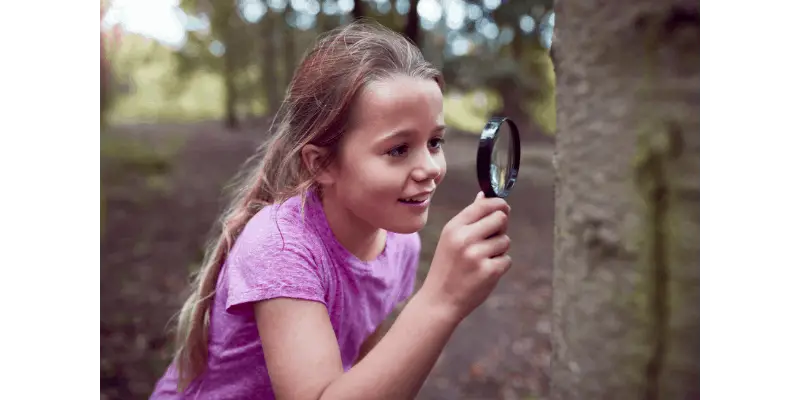
Dendrochronology is the science of tree dating. You likely learned about it in school as a way to understand how old an individual tree is. The science is much wider-reaching, though, and can be used to understand climate patterns from the tree’s lifetime, which for some trees can be hundreds of years. The width and color of each ring can teach scientists and historians a lot about the past, and it’s an interesting field that can cross over from pure science (and math, think of all that counting!) to history, social studies, and social studies when researchers correlate climate changes to human history. This is an excellent activity for a multi-disciplinary unit combining math, science, nature, and history. Introduce your students to the topic using this fun STEM project from Edventures With Kids, which has all of the background information and materials to support the activity, all you need is a branch or stump with visible rings!
Build Something
There are almost endless ways to use natural materials in fun STEM activities for elementary school-aged kids. This type of activity can also offer opportunities for creative play that integrates science and engineering. My daughter’s preschool teacher sent an activity idea that combined using found materials such as sticks, logs, and rocks to build a birdhouse (sort of teepee shaped), then we used toy birds and stuffed animals and played animal house, talking about where they might live, eat, or sleep. This activity can be easily adapted for elementary school science lessons by asking children to make a realistic or specific structure (e.g., a nest) or incorporating specific behaviors or life cycles into the game (e.g., create a nest that will support eggs, create a beaver den that stops water). Another inspired building idea is to create stone towers using river rock or other found materials. The idea is to create nature-based art in combination with STEM projects that teach engineering and math principles such as balance, height, and stability. This post from Rhythms of Play has interesting background information and ideas for creating stone towers.
Frequently Asked Questions
What is a STEM Activity?
STEM activities are projects, games, experiments, or educational lessons that incorporate learning about science, technology, engineering, and math.
There is so much to choose from, how do I pick the best STEM project?
The answer really depends on your role and goals. If you are a teacher, think about your curriculum and what activities fit well with the lessons you are teaching. One of the best things about STEM activities is many incorporate more than one STEM discipline and even include art or history. If you are a parent, I highly recommend finding an activity that focuses on something your child is already curious about or interested in. My daughter loves birds and bugs, we spend a lot of time looking, talking, reading, drawing, etc. Finally, in either case, look to nature! Einstein was spot-on, nature is the best teacher, so when in doubt, look outside for inspiration.

